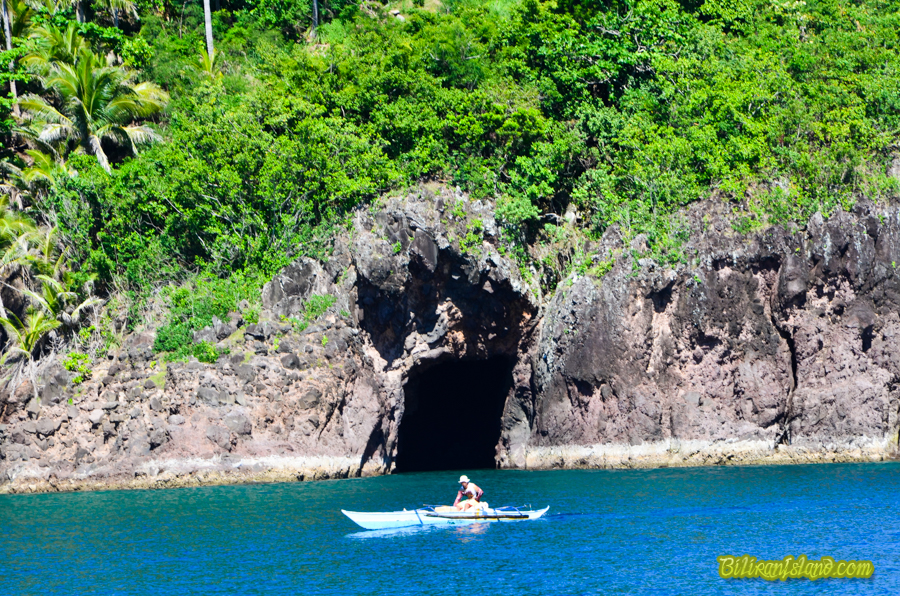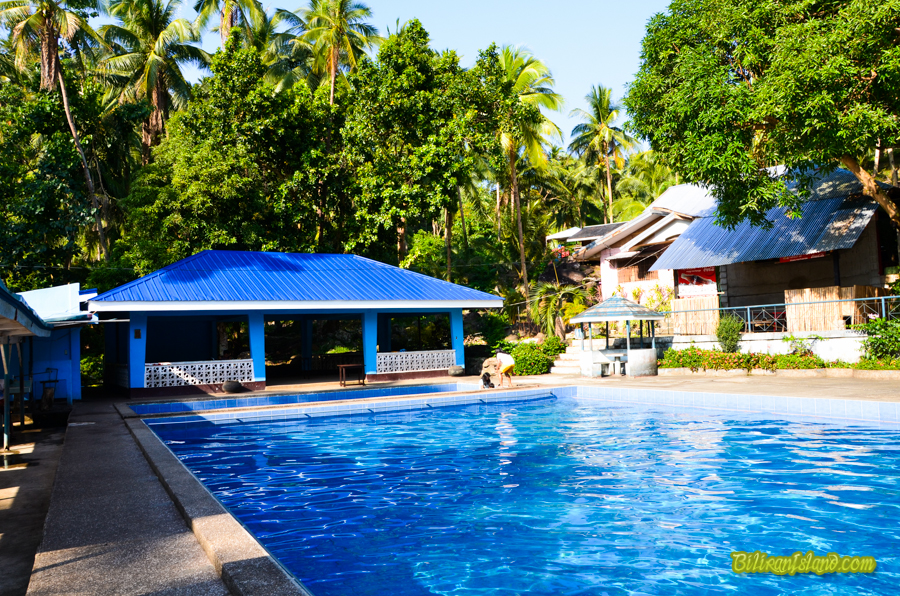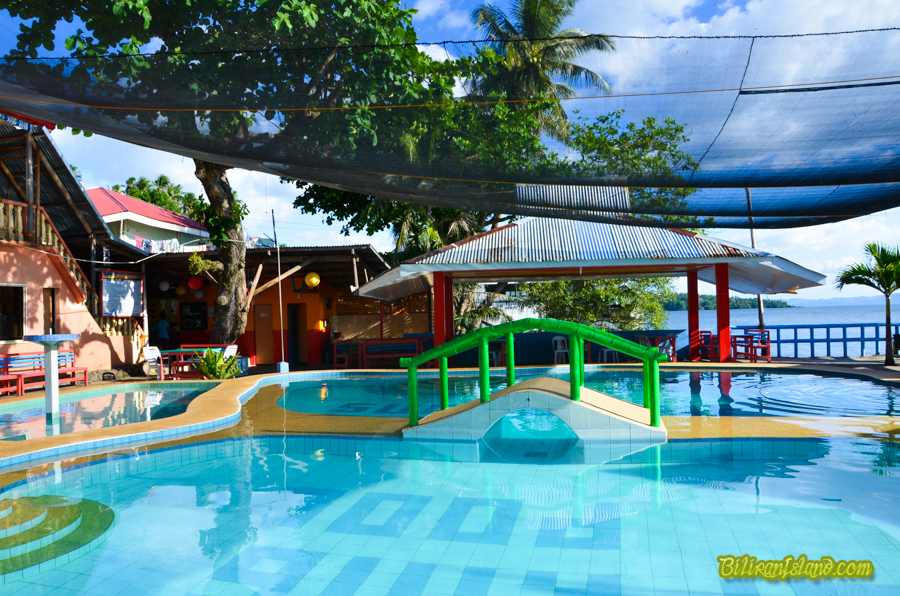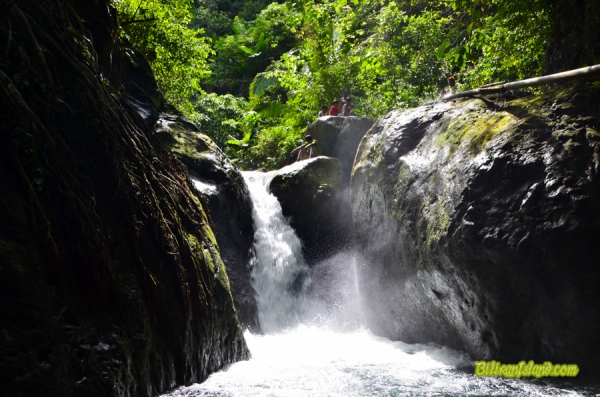Kawayan, Biliran
During the 16th century, a ground of Lapu-Lapu’s descendants from Cordova, Mactan crossed the Visayan Sea and found a safer place in the northern side of Isla de Panamao. They built a settlement along the shore beside a tall rocky hill known as Subingsubing. The hill would later serve as their watchtower. An assigned lookout would sound the budjong (conch) to alert the villagers of incoming dangers, particularly from Moro marauders that were rampant during those days. Subingsubing was regarded as safe haven plying the Visayan Sea, and thus, attracted more Cebuano-speaking natives to migrate in this new-found land.
The village was later named as Barrio Telegrafo (This same settlement became Barangay Balacson at present.)
As the village slowly becoming populated, more families move northwards to find a place where there is potable water and a land suitable for agriculture. Some of them apparently the farming families, settled in the plains (between Kansanoc and Poblacion) where they make kaingin and started planting rootcrops and corn. The rest, who were probable fishermen, put up their houses near the Sanggabon, (a spring located in the vicinity known today as Balite) and in Tubig Señora (a spring located along the seashore of the present Poblacion). Still skeptical of their safety, the natives planted bamboo trees along the shoreline to hide them from hostile intruders.
This dense growth of bamboo or kawayan so impressed travelers that the settlement was soon known as Barrio Kawayan. Capitan Basio was reputed to be the founder of the barrio with Racundo Sañosa as juez de paz. Barrio Kawayan was then a part of Almeria, one of the four pueblos in Isla de Panamao (the others being Naval, Biliran, Caibiran).
The village was later named as Barrio Telegrafo (This same settlement became Barangay Balacson at present.)
As the village slowly becoming populated, more families move northwards to find a place where there is potable water and a land suitable for agriculture. Some of them apparently the farming families, settled in the plains (between Kansanoc and Poblacion) where they make kaingin and started planting rootcrops and corn. The rest, who were probable fishermen, put up their houses near the Sanggabon, (a spring located in the vicinity known today as Balite) and in Tubig Señora (a spring located along the seashore of the present Poblacion). Still skeptical of their safety, the natives planted bamboo trees along the shoreline to hide them from hostile intruders.
This dense growth of bamboo or kawayan so impressed travelers that the settlement was soon known as Barrio Kawayan. Capitan Basio was reputed to be the founder of the barrio with Racundo Sañosa as juez de paz. Barrio Kawayan was then a part of Almeria, one of the four pueblos in Isla de Panamao (the others being Naval, Biliran, Caibiran).



